Description
When Halibut fishing you should plan for what happens when hooked. At the minimum, we recommend using a Halibut Rig #25-pound test line. Unless you are jigging, be patient when a halibut strikes. Let the fish eat the bait before setting the hook. Circle hooks are the way to go when halibut fishing because once a fish is hooked, you rarely lose them. The other method is using a halibut rig with a stinger hook. This rig uses a 1/0 octopus hook, two red beads, a size 4 treble hook, and a fluorocarbon leader. Halibut gets big, can be challenging to catch because most anglers can’t wait to set the hook. Our rigs make it easier because the sinker attachment allows line to slide when bait is picked up. Fish frequently swim off during this time so one or both hooks will get lodged in the mouth.
Halibut likes to hang out in the transition zone between sandy bottom and reef. So, while other anglers are fishing on the reef going to the front of the boat and casting along the imaginary edge of the reef and the sand or hard bottom and then slowly dragging back to the boat may land you a trophy halibut. Most halibut anglers’ fish on the bottom but depending on who you ask there’s always a better way.
Usage:
Most suggest keeping your bait 2-4 feet up from the bottom because if the bait is above the bottom, you get a more aggressive and fast bite. Halibut tends to bite a little after the turn of the tide; however, in the ocean the swells will definitely affect the bite. 2-3 ft. swells are ok, but swells pushing above 5+ will slow down the bite, and normally a south swell will put off the bottom bite completely. Hope this helps. Some anglers use a rig with 20# line. Our Halibut Rig #25-pound test line are the lightest we make because you never know what’s going to pounce.
Pacific halibut (Hippoglossus stenolepis) are large flatfish that can be found from the Bering Sea in Alaska to northern California. According to the IPHC, Pacific halibut can reach a maximum length of nine feet and maximum weight of 500 pounds. The oldest recorded age is 55 years for both females and males. They reside along the continental shelf and are found in a broad range of depths (from inshore to 450 meters). Their large size and delectable meat make them a popular and prized target for both sport and commercial fisherman.
![]()


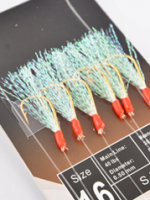
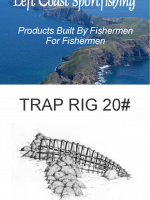


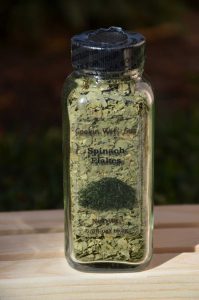
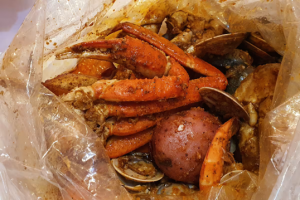
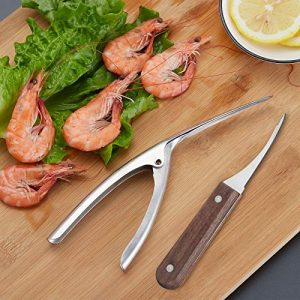
Reviews
There are no reviews yet.